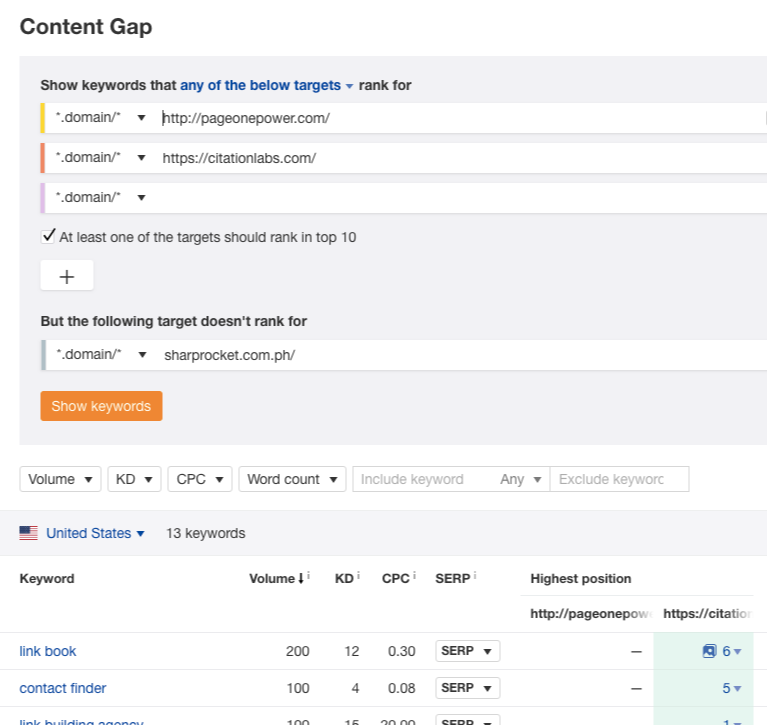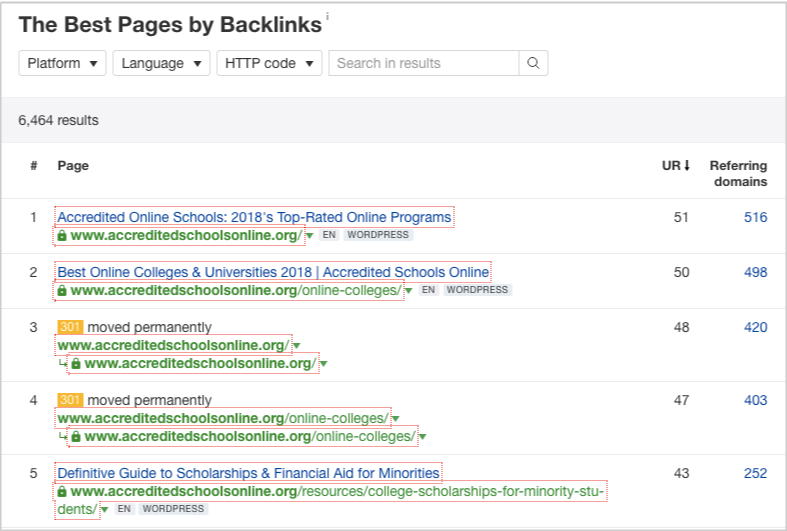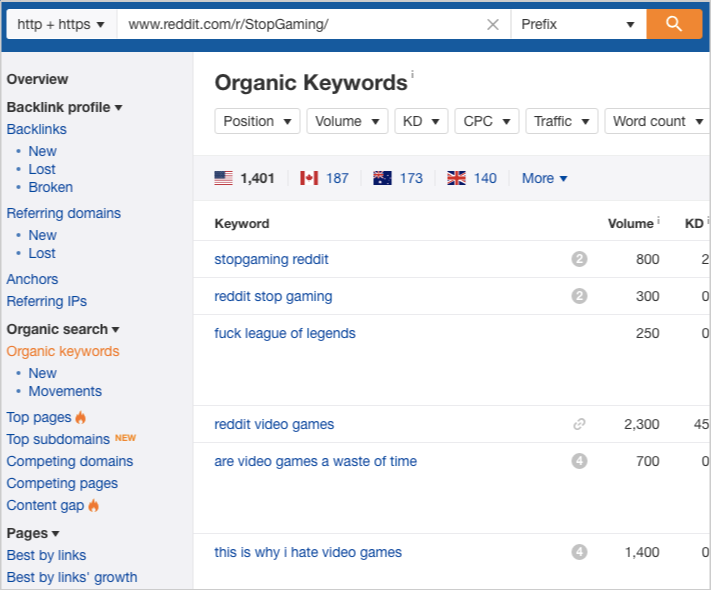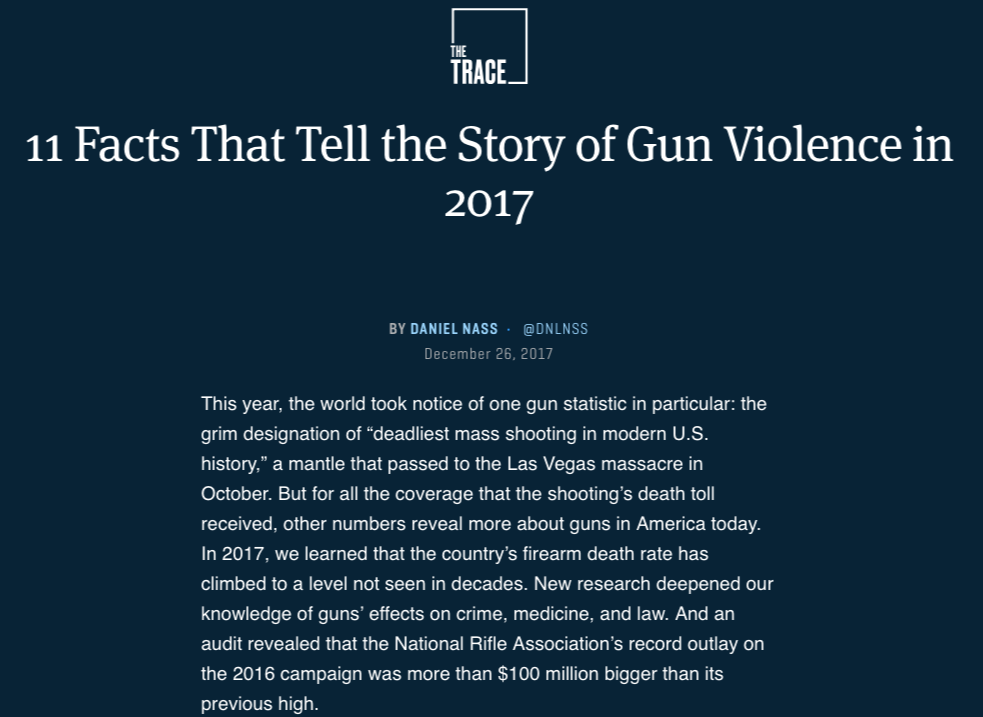Content gap analysis is strategically understanding the needs of a targeted audience by looking at untapped content opportunities on competitors’ website, in industry’s content as a whole, and in several micro-niche communities.

There are many benefits in initiating a content gap analysis to your content marketing campaign. Let me give a few.
- Examine overlaps in your content topics with your competitors
- Discover new content opportunities your direct competitors haven’t grabbed yet (where you can fill in the gap)
- Identify content formats your unique industry majorly consumes
In the latest post of Rand Fishkin at Sparktoro, he examines the current blogosphere and if there’s still room for companies and other entities to leverage blogging in their online marketing strategy.
In relation to visibility, content formatting, and authority, not all brands can benefit much from blogging. Out of thousands of people who blog, a few only exists and do well.
Understanding that reality allows you to seek out topical opportunities that are driven by demands (needs) but with less supply of content.
To start with content gap analysis, you can execute the most conventional approach, which is finding content gaps by plugging in competitors’ domains in a content marketing tool.
With Ahrefs’ Content Gap feature, you can discover keywords your competitors have ranked for, but your brand hasn’t yet targeted.

To get the most out of the results, it is best to first include websites you’re directly competing with from the highest relevance level. Go very specific with your competitor targeting.
Filter down keywords based on keyword difficulty level, search volume, and relevance. Create content assets that best suit your content marketing resources.
This is the most common way of doing
Let me start with link-based audience overlap.
Link-Based Audience Overlap
One leading indicator of a growth-wise content marketing campaign is the number of links generated to a content asset. Though it’s not the primary defining value of a successful campaign, it helps create expectations from a quantity perspective.
Knowing this, , you must also see if the preferred topics have probability of driving links to a page/site.
The 601 audiences spreadsheet from Citation Labs is not only a good list of potential linkable audiences to tap to in your content, but also a good assessment tool if there are any audiences that haven’t been reached out by your competitors through content.
Visit their resources section, or if the blog has massive content pieces, you can use Ahrefs’ Top Pages or Best By Links feature to quickly see their

Check the 601 Audience spreadsheet alongside your competitors’ resource pages. It is best to curate all resources pages of your competitors in one place so you don’t have to switch to different tabs/sheets.
List down linkable audiences untargeted by your competitors. Check using any of these search queries to see if there is a load of resource page link opportunities for that audience.
- intitle:links OR inurl:links “keyword”
- intitle:resources OR inurl:resources “keyword”
- inurl:links.html “keyword”
- inurl:links.htm “keyword”
- “links to resources” “keyword”
- “of links for” “keyword”
- intitle:”helpful links” “keyword”
- intitle:links “keyword”
- “other helpful links” “keyword”
- “links to websites” “keyword”
By considering not only keywords per se, but linkability potential of topics, you’re better of hitting a good leading indicator – highest links possibly generated for the page.
Micro-niche Communities (Gaps in the Industry)
You may find industry content gaps in platforms where your targeted people are mostly engaging in. These include micro-niche communities where some of the blogs originated given that they see a significant need of information in the market.
Sub-reddits is a popular example of a micro-niche community. Examples of targeted
Given the information is strictly on the most relevant topic, you would often find questions that are too deep and technical in nature. Those questions are likely to have a search volume and/or that demands some content attention.
You can leverage these sub-reddits to pinpoint technical and niche-oriented keywords and questions either by engaging in the community and plugging your subreddit in a link analysis tool.

Another good approach is to create a singular page for the topic you’ve discovered. See if there’s a gap other content creators haven’t filled in yet. With the use of the advanced search operator, “intitle:keyphrase”, you can check if the topic is highly saturated with informational pieces.

Pre-content Creation Link Jacking
One of the gaps every link-oriented content marketer has to fill in is outdated opportunities in content.
If a page has linked to an outdated study, statistics and article, it will be better off linked to a new referenced content piece.
This may be overlooked by content creators and more often than not, not taken care of bloggers, unless they do regular content audit of their websites.
It is a gap you can fill in right away.
If you have published interesting statistics, you can find earlier ones and articles with outdated statistics.

Find them and see the sites that linked to them. Reach out to those sites and ask them to update their links to your new study.

Improving Your Content and Other Creators’ Content
As soon as you update your content piece with new, relevant information, other content formats to make it not just comprehensive but unique for an intended audience, you’ll then find ways to fill in gaps of other content creators. By providing them with new content asset to reference to or by crafting content for a certain linkable audience untapped by your competitors, you meet a need in your market.